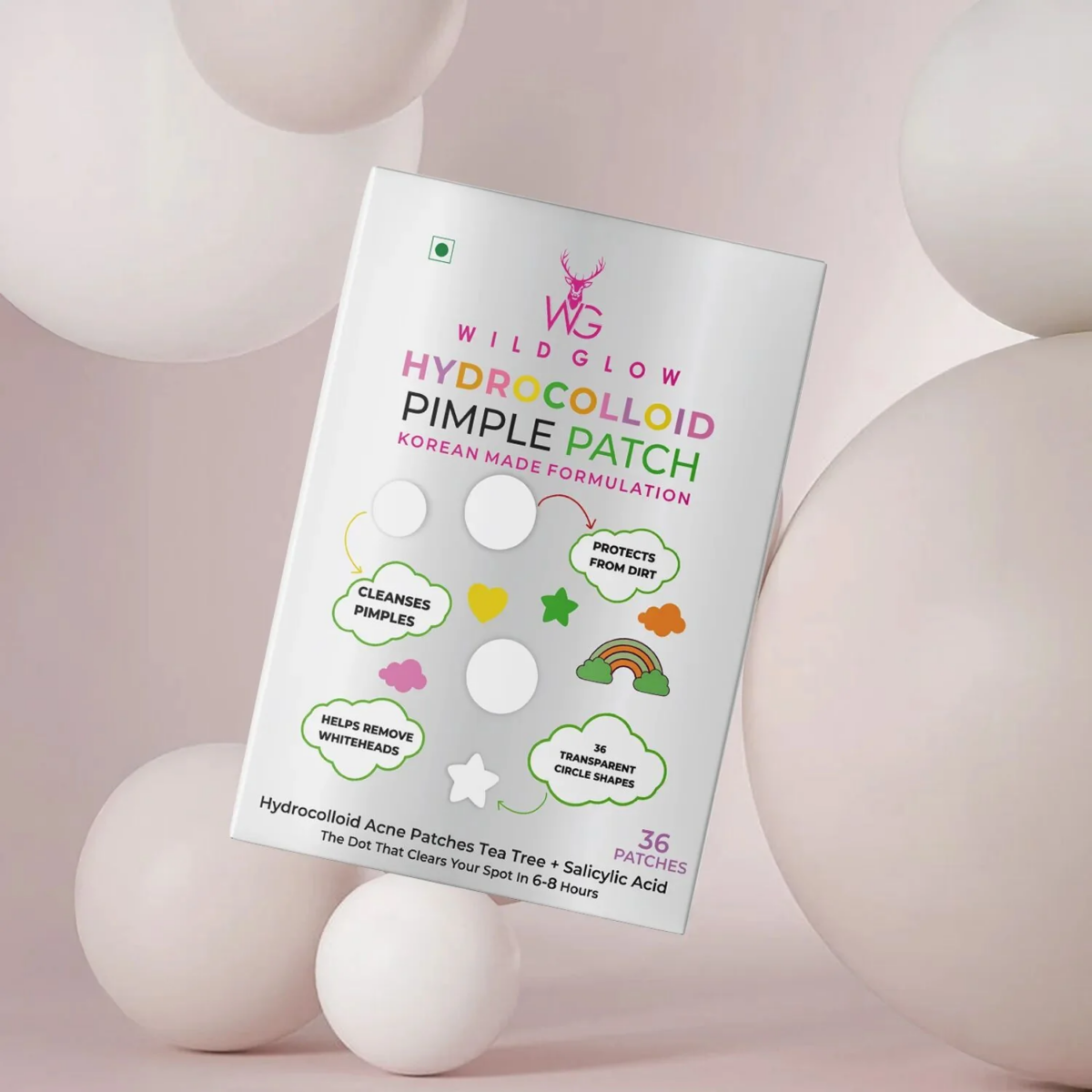How Does Laser Hair Removal Work? An In-depth Exploration

Laser hair removal has become one of the most popular cosmetic procedures in the world. It offers a long-term solution for those looking to reduce unwanted hair from various parts of the body. This detailed blog will explore how does laser hair removal work, its benefits, considerations, and what you can expect from the treatment.
Introduction to Laser Hair Removal
Laser hair removal uses concentrated light energy to target and destroy hair follicles, which are responsible for hair growth. This procedure is renowned for its efficiency and effectiveness in reducing hair permanently, although multiple sessions are typically required for optimal results.
The Science Behind Laser Hair Removal
1. Understanding Hair Growth
To comprehend how laser hair removal works, it’s crucial to understand the three stages of hair growth:
- Anagen (Growth Phase): The hair is visibly growing and connected to the dermal papilla. This phase is ideal for laser treatment because the hair is rich in melanin, which is necessary for the laser’s effectiveness.
- Catagen (Transitional Phase): The hair begins to detach from the papilla and stops growing.
- Telogen (Resting Phase): The hair falls out naturally, preparing the follicle to start the new growth phase.
2. Role of Melanin
Melanin is the pigment in the hair that gives it colour. The laser targets this pigment, which absorbs the light and converts it into heat. This heat then damages the hair follicle, inhibiting future hair growth.
How Laser Hair Removal is Performed
1. Preparation for Treatment
Before you get into how does laser hair removal work, it is advisable to consult with a dermatologist or a trained laser technician. The specialist will evaluate your hair and skin type to determine the most effective treatment plan. It is recommended to avoid plucking, waxing, and electrolysis for six weeks before treatment because the laser targets the hairs’ roots, which are temporarily removed by these methods.
2. During the Procedure
During the session, the area to be treated will be cleaned, and a cooling gel might be applied to protect the skin and improve laser light penetration. The laser equipment will be adjusted according to the color, thickness, and location of your hair as well as your skin color.
As the laser activates, the beam passes through the skin to the hair follicles. The intense heat from the laser beam damages the hair follicles, which inhibits hair growth.
3. Post-Treatment Care
Redness and swelling around the treatment area are common and may feel similar to a sunburn. This can be alleviated with ice packs or moisturising creams. Sun exposure should be avoided to improve treatment efficacy and prevent complications.
Types of Lasers Used
Several types of lasers are commonly used in hair removal treatments, including:
-
Alexandrite Laser
The Alexandrite laser is a fast and highly effective option for laser hair removal, making it ideal for treating larger body areas. It operates at a 755 nm wavelength, which allows for excellent melanin absorption, making it suitable for light to olive skin tones. Alexandrite lasers can target thin to coarse hair, and their rapid repetition rate speeds up the treatment, reducing patient discomfort.
-
Diode Laser
The Diode laser, with a wavelength of 810 nm, offers deeper penetration into the skin, making it preferable for darker skin tones. It is particularly effective at targeting coarse hair on patients with a wide range of skin types. Diode lasers are versatile, typically involving less discomfort during the session, and are known for their efficacy in reducing hair on both the face and body.
-
Nd:YAG Laser
This type of laser is unique because it is safe for all skin types, including tanned and dark skin. The Nd:YAG laser operates at a 1064 nm wavelength, which has a lower melanin absorption rate. This characteristic minimises the risk of skin pigmentation issues post-treatment, making it a safe choice for individuals with higher skin phototypes.
-
Ruby Laser
The Ruby laser is the oldest type of hair removal laser and emits light at a 694 nm wavelength. It is most effective on very light skin and fine hair. Due to its slower repetition rate and higher discomfort during treatment, it has become less popular compared to other types.
Benefits of Laser Hair Removal
- Precision: Lasers can selectively target dark, coarse hairs while leaving the surrounding skin undamaged. This precision prevents skin irritation that is often associated with other hair removal methods like waxing or shaving.
- Speed: Each laser pulse takes a fraction of a second and can treat multiple hairs at the same time. Small areas such as the upper lip can be treated in less than a minute, and large areas, like the back or legs, can be treated in an hour or less.
- Predictability: After an initial series of treatments (typically three to seven sessions), most patients experience significant, permanent hair reduction. Continued maintenance treatments can prolong the effects, leading to near-complete hair removal.
- Cost-Effectiveness: Over time, laser hair removal can be more cost-effective than continuous waxing, shaving, or other methods of hair removal that require repeated sessions.
- Minimal Side Effects: There are few side effects associated with laser hair removal, and those that occur (like slight redness) are typically minor and temporary.
Considerations and Risks
- Skin Irritation: Temporary discomfort, redness, and swelling are common.
- Pigmentation Changes: Laser treatment could lighten or darken the affected skin, although these changes are usually temporary.
- Cost: Laser hair removal can be expensive and requires multiple sessions.
- Regulation: Not all practitioners are regulated, and equipment quality can vary, so it’s essential to choose a reputable provider.
Conclusion
Laser hair removal is a sophisticated treatment that offers a significant reduction in hair growth and can provide lasting results. Understanding how does laser hair removal work, what to expect, and how to properly care for your skin post-treatment can help you achieve the best possible outcomes. If you’re considering this procedure, consult with a professional to discuss your specific needs and ensure a safe and effective treatment plan. This cosmetic solution, while costly and requiring multiple visits, can save you from the ongoing expense and time involved in other hair removal methods, making it a worthwhile investment for many.








